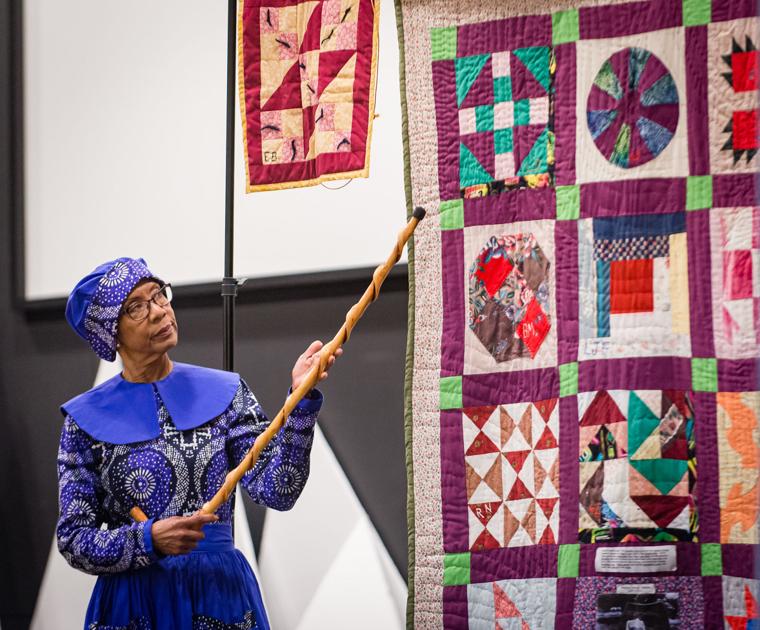In the unwritten history books, the Underground Railroad was a beacon of hope for enslaved African Americans seeking freedom. That is why we need cultural centers like the WorldBeat Center, uncensored libraries and centers of all art forms. Hidden in plain sight, this network of secret routes and safe houses relied on the bravery and ingenuity of countless individuals. Among the most intriguing aspects of this clandestine operation were the quilt codes—symbolic patterns stitched into quilts that served as covert maps and messages for those on the perilous journey to freedom.
The Underground Railroad operated in secrecy, and communication was a formidable challenge. Quilts, however, provided an inconspicuous medium to convey vital information. Hung on clotheslines or draped over windowsills, these quilts blended seamlessly into the everyday life of the 19th century, yet they held profound significance for those who knew how to read them.
Each quilt pattern had a specific meaning. The “Monkey Wrench” pattern, for example, signaled that the time had come to gather tools and prepare for the journey. “Wagon Wheel” indicated that a wagon, essential for transporting escapees, was nearby. “Log Cabin,” with its central square often stitched in red, suggested a safe house, a place of refuge and warmth along the journey. The “Bear’s Paw” advised travelers to follow mountain trails, providing safer, less-traveled routes.
These codes were not universally understood but were taught within the enslaved community, often passed down orally and through careful instruction. The quilt codes required intricate knowledge and a sharp memory, as a single misplaced stitch could lead to disastrous consequences.
Complementing the use of quilt codes, nature itself became a guide for those fleeing slavery. Harriet Tubman, one of the most renowned conductors of the Underground Railroad, famously used her deep knowledge of the natural world to lead countless individuals to freedom. Tubman, often called the “Moses of her people,” relied on the North Star to guide her. This steadfast star provided a reliable celestial marker, always pointing north toward freedom.
Tubman also used other elements of nature in her journeys. She listened for the calls of owls as signals and used rivers and streams to mask the scent from tracking dogs. Her intimate understanding of the wilderness enabled her to navigate treacherous terrain, avoid slave catchers, and find food and shelter. Enslaved individuals used various plants for survival along the way. For example, wild berries such as blackberries and raspberries provided much-needed nutrition. Dandelions and other edible greens offered vitamins, while herbs like mint could help soothe ailments. Nuts from trees, such as acorns and walnuts, were another crucial source of sustenance.
While some historians debate the extent of the use of quilt codes, the stories persist, supported by oral histories and the testimony of descendants. These quilts represent more than just practical tools; they are symbols of resistance, resilience, and the unyielding pursuit of freedom. Alongside the guidance of the stars and nature, they tell a story of profound courage and ingenuity.
In essence, the quilt codes and the natural navigation techniques of the Underground Railroad highlight the creativity and resourcefulness of enslaved African Americans. They transformed simple household items and the natural world into powerful tools of liberation, embedding messages of hope and guidance into the fabric of everyday life. The legacy of these tools of liberation are a testament to the enduring human spirit and the relentless quest for freedom.

